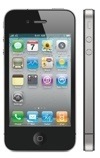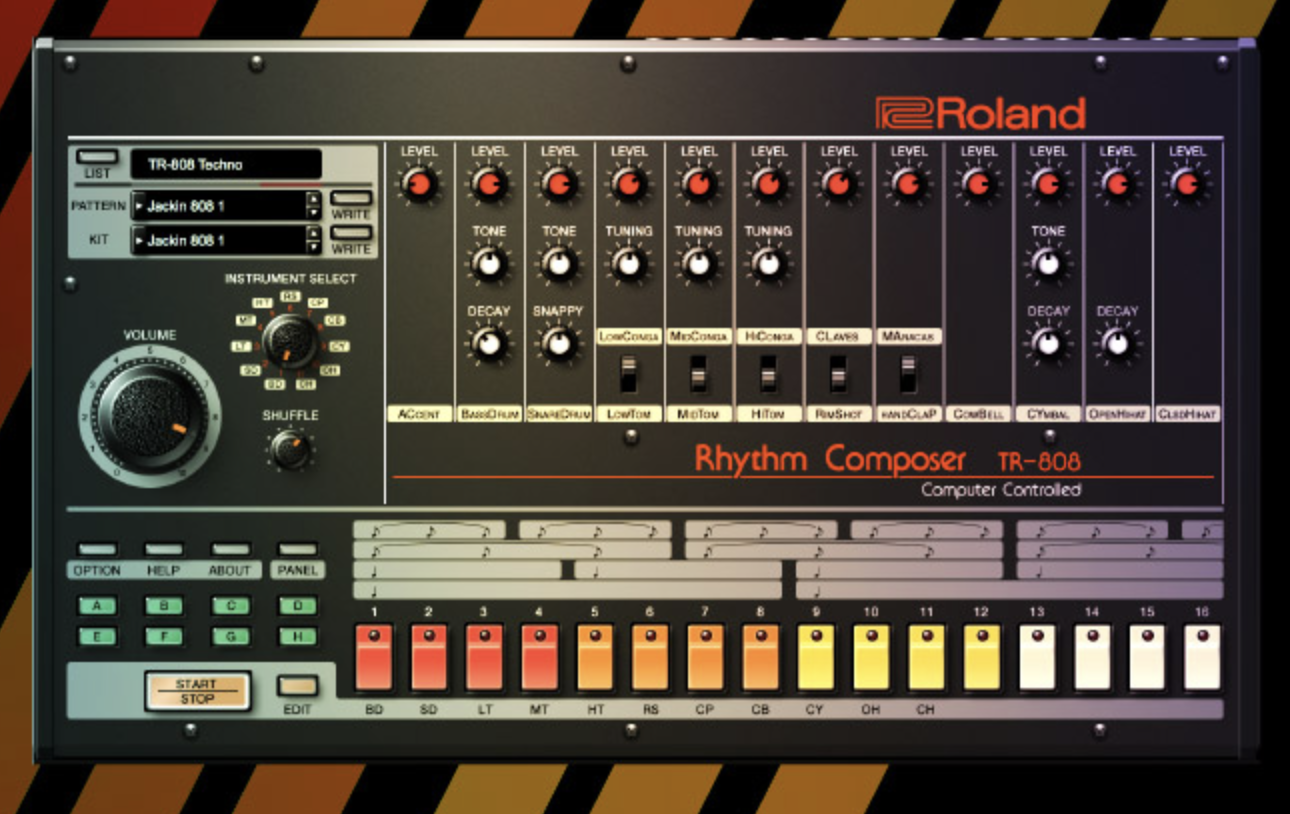Apple wants to make Mac laptop keyboards more resistant to oil and debris as evidenced by a newly granted patent (number US 11961688 B2) for a “Keycap Particle Evacuation Structure.”
About the patent
The patent relates generally to keyboards and key mechanisms for electronic devices. More particularly, the present embodiments relate to keycap particle evacuation structures for use with keyboards and key mechanisms for electronic devices.
In the patent Apple notes that recent advances in portable computing have also led to thinner, more compact devices (e.g., laptops and removable keyboards) that are often stored in travel luggage, briefcases, backpacks, duffle bags, or purses. The portability (and associated transportation/storage) of such devices increases the likelihood of contact between the keys of the keyboard and the display while the notebook computer is closed and the display screen is positioned adjacent to the top surfaces of the keycaps.
When stowed in a backpack, for instance, portable computing devices are often compressed and jostled amongst other solid objects in the backpack or pressed tightly against the internal structure of the backpack. However, woth increased contact between displays and keyboards, contaminants and debris on the keycaps can cause damage to the display.
For example, oil on the keycaps can transfer to the display when the display is closed over the keyboard—thereby leaving unsightly oil smudges at the points of contact with the display. Dust particles and dirt on the keycaps can scratch the face of an abutting display. These marks can permanently affect the appearance and usability of the device. Apple’s patent regards improvements to the usability, manufacture, and effectiveness of keyboards that interface with (e.g., abut) a display when closed in a folded or clamshell configuration.
Summary of the patent
Here’s Apple’s abstract of the patent: “A keycap includes a keycap body with a top surface and a top periphery region extending around the top surface. A recessed area extends across the top surface inward of the top periphery region, with the top periphery region being elevated relative to the recessed area. The keycap also includes a set of grooves extending from the recessed area and across at least a portion of the top periphery region.”
Article provided with permission from AppleWorld.Today





